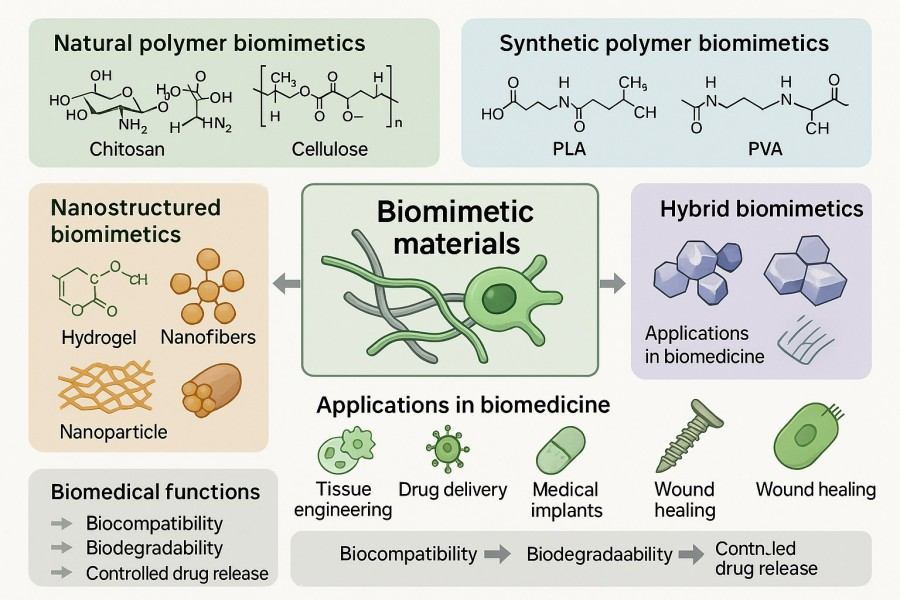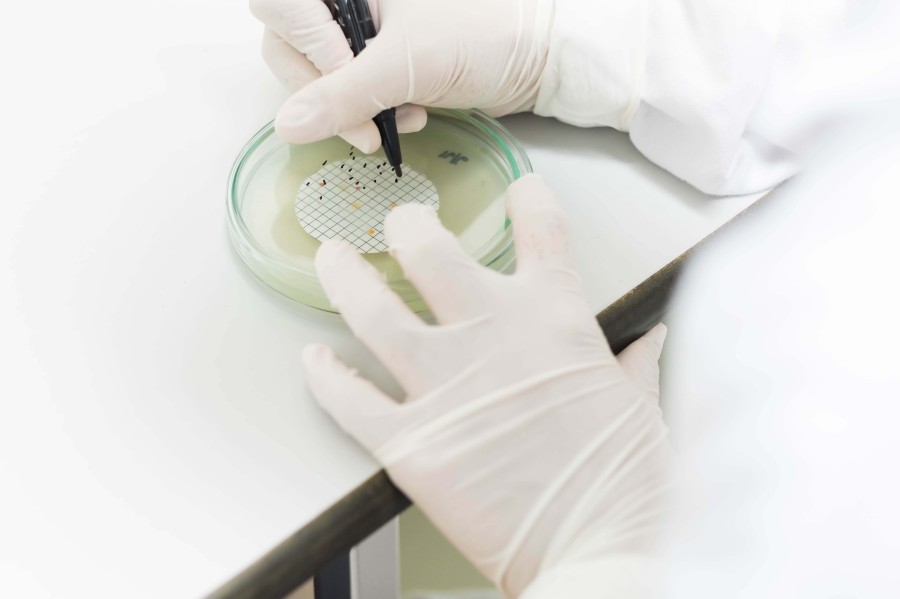Biomimetic materials are designed to imitate natural biological structures, functions, or properties, enabling mechanical, chemical, or biological characteristics that mimic natural tissues. They are widely used in tissue engineering, regenerative medicine, drug delivery, and smart materials development to achieve high-performance and functional applications.

- Home
-
Products
-
Monomers
- Acrylic Monomers
- Alcohol Monomers
- Allyl Monomers
- Amide & Imide Monomers
- Amine Monomers
- Anhydride Monomers
- Biodegradable Polymer Monomers
- Carboxylic Acid Monomers
- Cycloolefin
- Dendrimer Building Blocks
- Epoxide Monomers
- Halide Monomers
- Isocyanate Monomers
- Mercaptan Monomers
- Other Monomers
- Silicone Monomers
- Styrenic Monomers
- Vinyl Monomers
- Polymer Standards
-
Polymers
- Acid Functional Polymers & Salts
- Acrylic Polymers
- Alkene & Vinyl Polymers
- Amide and Imide Polymers
- Amine Functional Polymers & Salts
- Biodegradable Polymers
- Copolymers
- Dendrimers
- Epoxy Polymers
- Halogenated Polymers
- Natural Polymers & Derivatives
- Other Polymers
- Poly(ethylene glycol)s (PEGs) & Derivatives
- Polyester
- Polyether
- Silicones
- Styrenic Polymers & Derivatives
- π-Conjugated Polymers
- Reagents for Polymerization
-
Monomers
-
Custom Services
-
Custom Synthesis
- Copolymer Synthesis Services
- Monomer Synthesis Services
- Polymer Additive Synthesis Services
- Polymer Initiator Synthesis Services
- Polymer Microsphere Synthesis
- Polymer Nanoparticle Synthesis
-
Polymer Synthesis Services
- Atom Transfer Radical Polymerization Technology
- Free Radical Polymerization Technology
- Living Anionic Polymerization Technology
- Living Cationic Polymerization (LCP) Technology
- Nitroxide-mediated Polymerization Technology
- Reversible Addition-fragmentation Chain Transfer Polymerization Technology
- Ring-opening Metathesis Polymerization Technology
- Ring-opening Polymerization Technology
- Polymer Characterization Services
- Polymer Isolation and Purification
-
Polymer Modification Services
- Polymer Bioconjugation Services
- Side/End Group Functionalization
- Side/End Group Protection
-
Custom Synthesis
- Biomimetic Materials
- Support
- About Us
- Contact Us
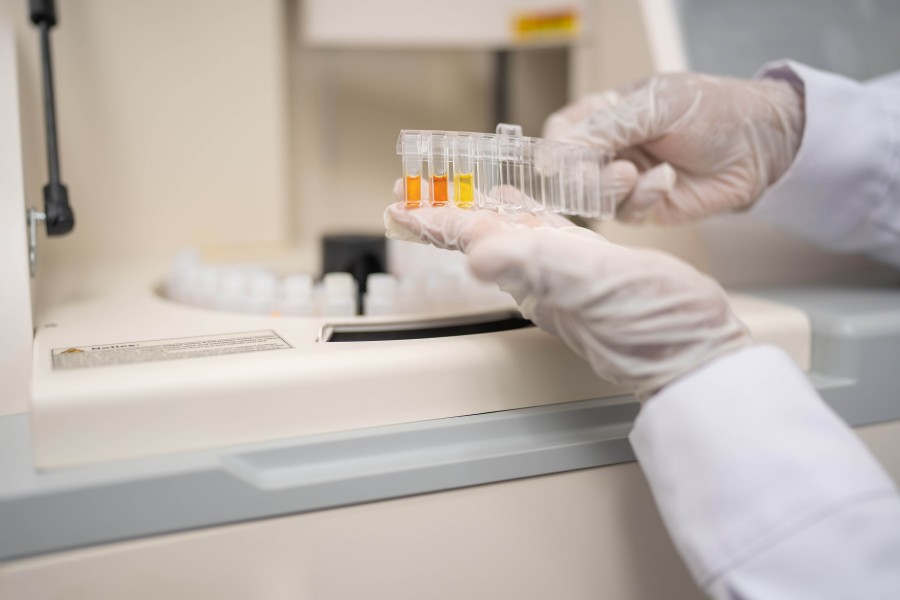 Alginate Services
Alginate Services
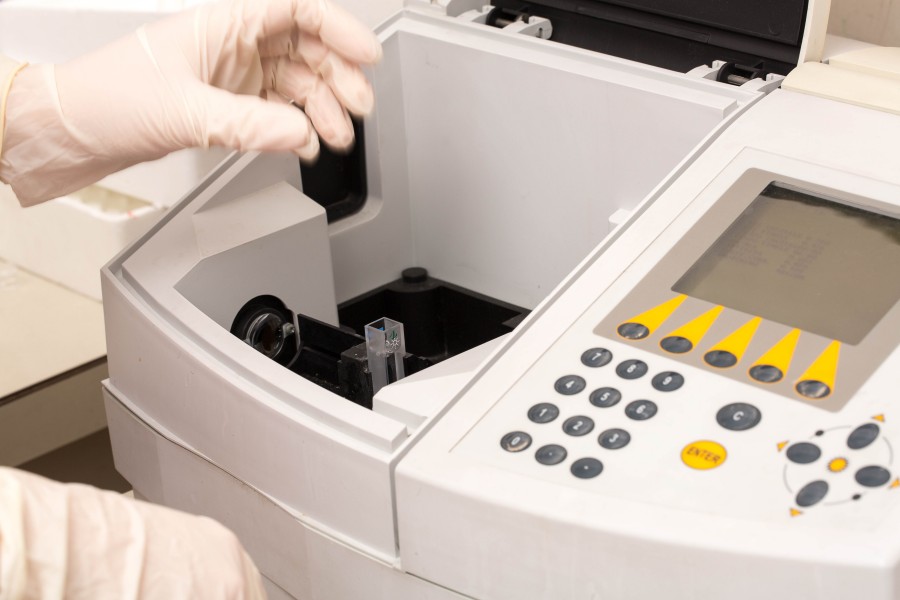 Cellulose Services
Cellulose Services
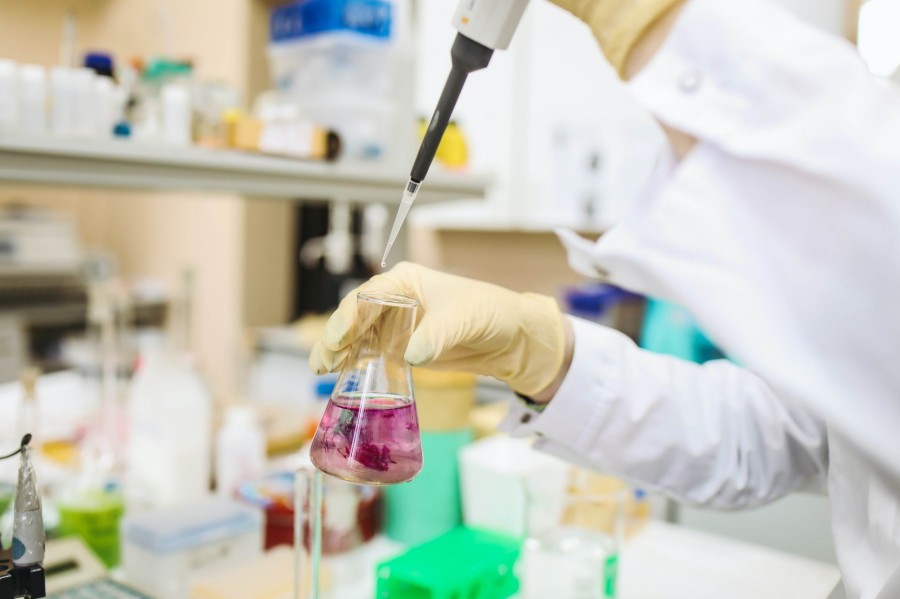 Chitosan Services
Chitosan Services
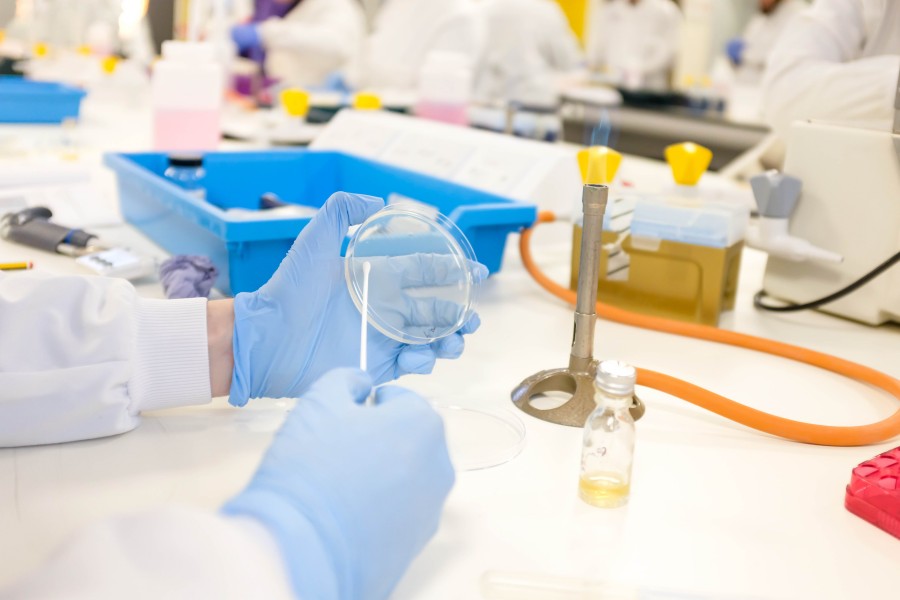 Gelatin Services
Gelatin Services
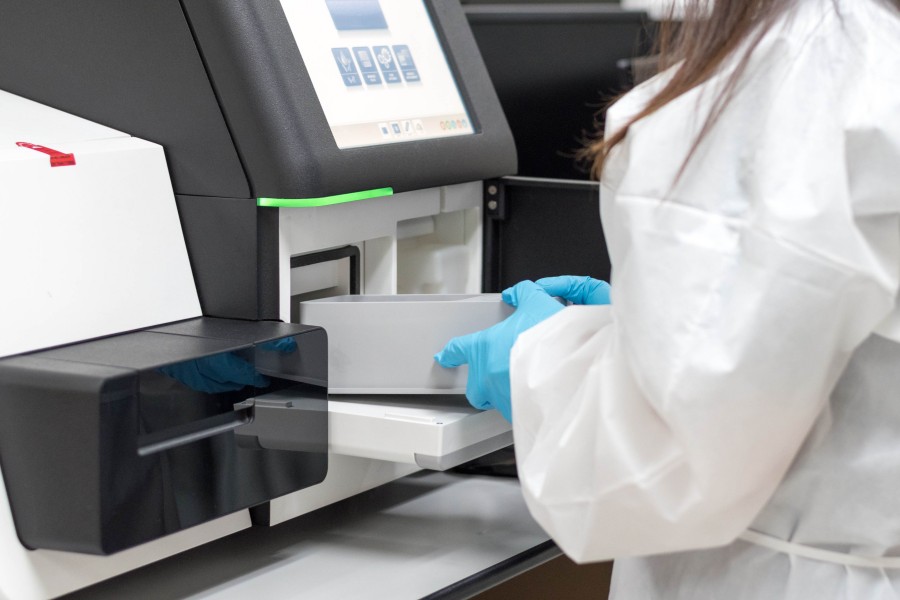 Poly(lactic-co-glycolic acid) (PLGA) Services
Poly(lactic-co-glycolic acid) (PLGA) Services
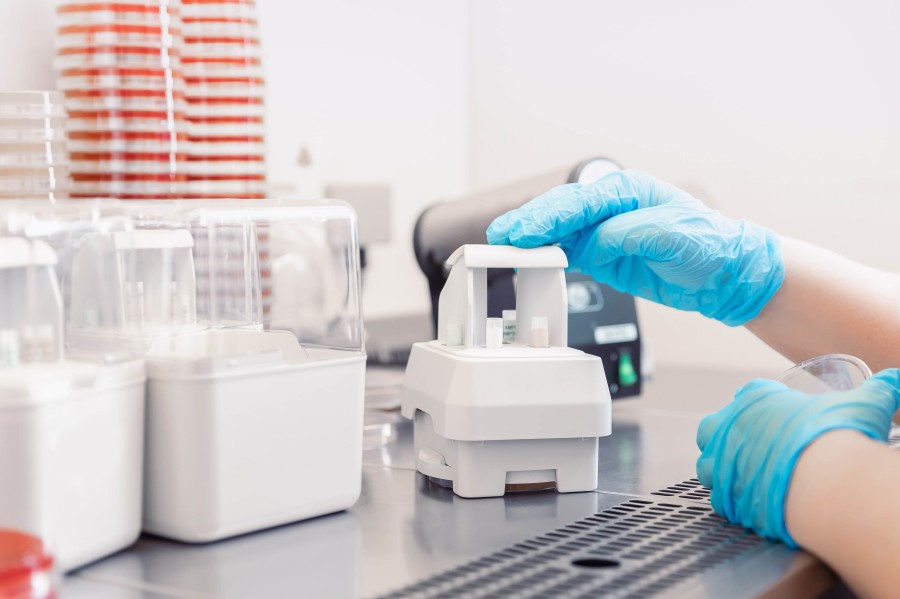 Polycaprolactone (PCL) Services
Polycaprolactone (PCL) Services
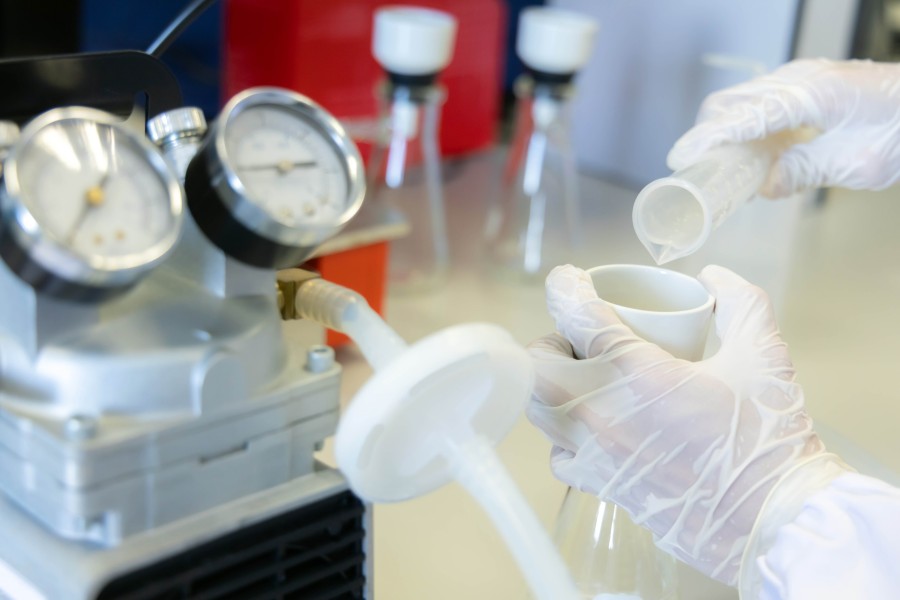 Polylactic Acid (PLA) Services
Polylactic Acid (PLA) Services
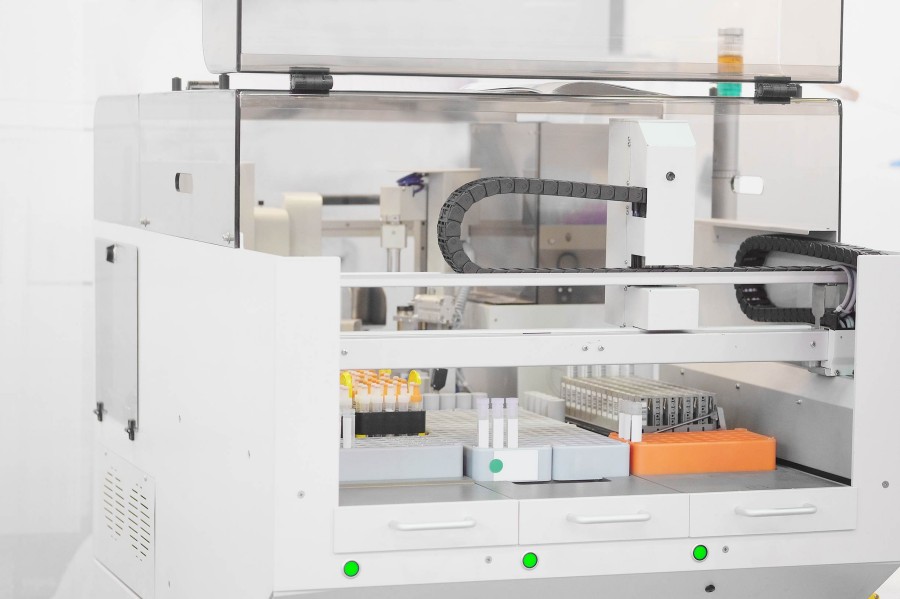 Polyurethane (PU) Services
Polyurethane (PU) Services
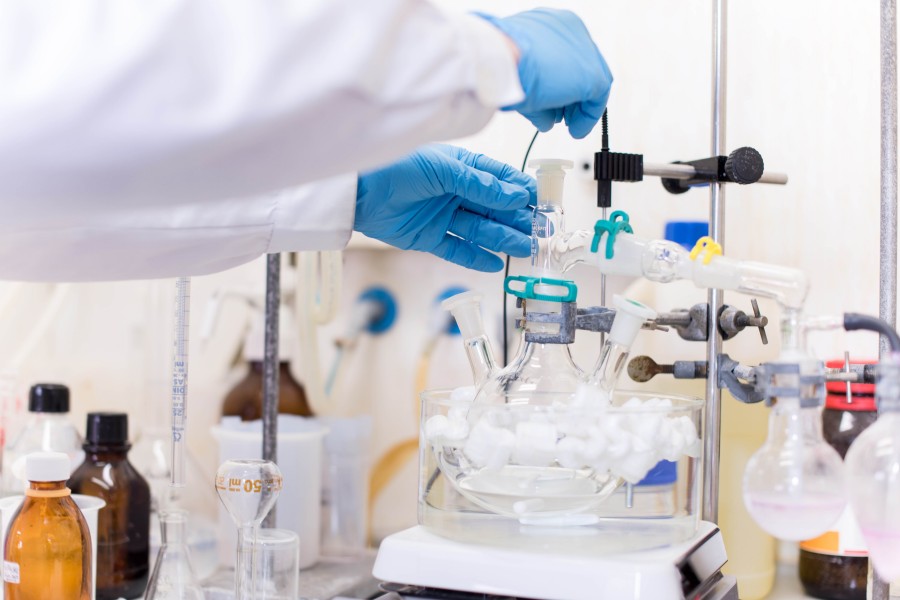 Polyvinyl Alcohol (PVA) Services
Polyvinyl Alcohol (PVA) Services
